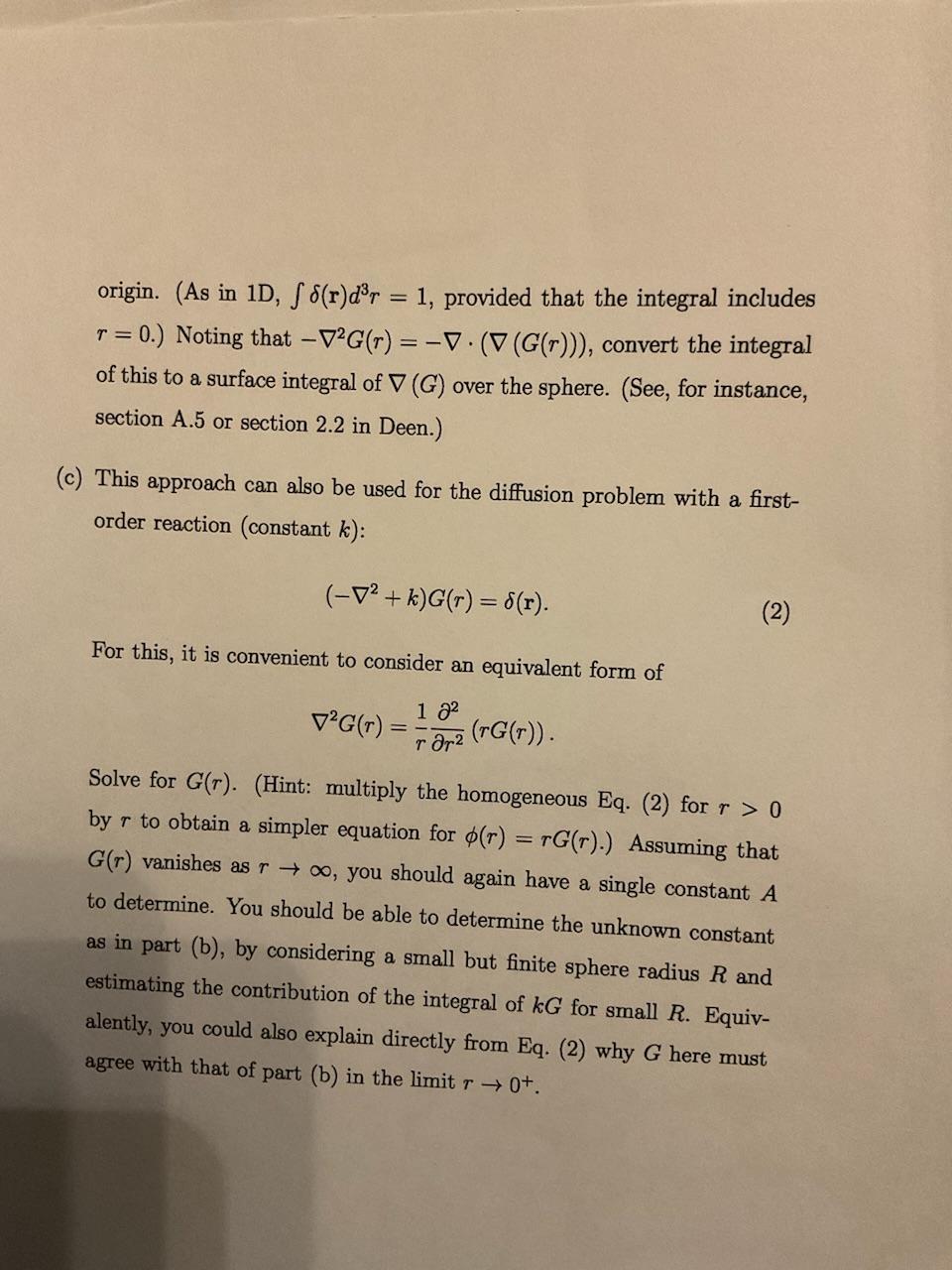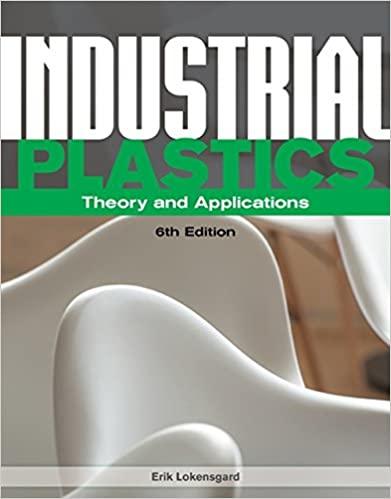Answered step by step
Verified Expert Solution
Question
1 Approved Answer
origin. (As in 1D, (r)d3r=1, provided that the integral includes r=0.) Noting that 2G(r)=((G(r))), convert the integral of this to a surface integral of (G)

Step by Step Solution
There are 3 Steps involved in it
Step: 1

Get Instant Access to Expert-Tailored Solutions
See step-by-step solutions with expert insights and AI powered tools for academic success
Step: 2

Step: 3

Ace Your Homework with AI
Get the answers you need in no time with our AI-driven, step-by-step assistance
Get Started


